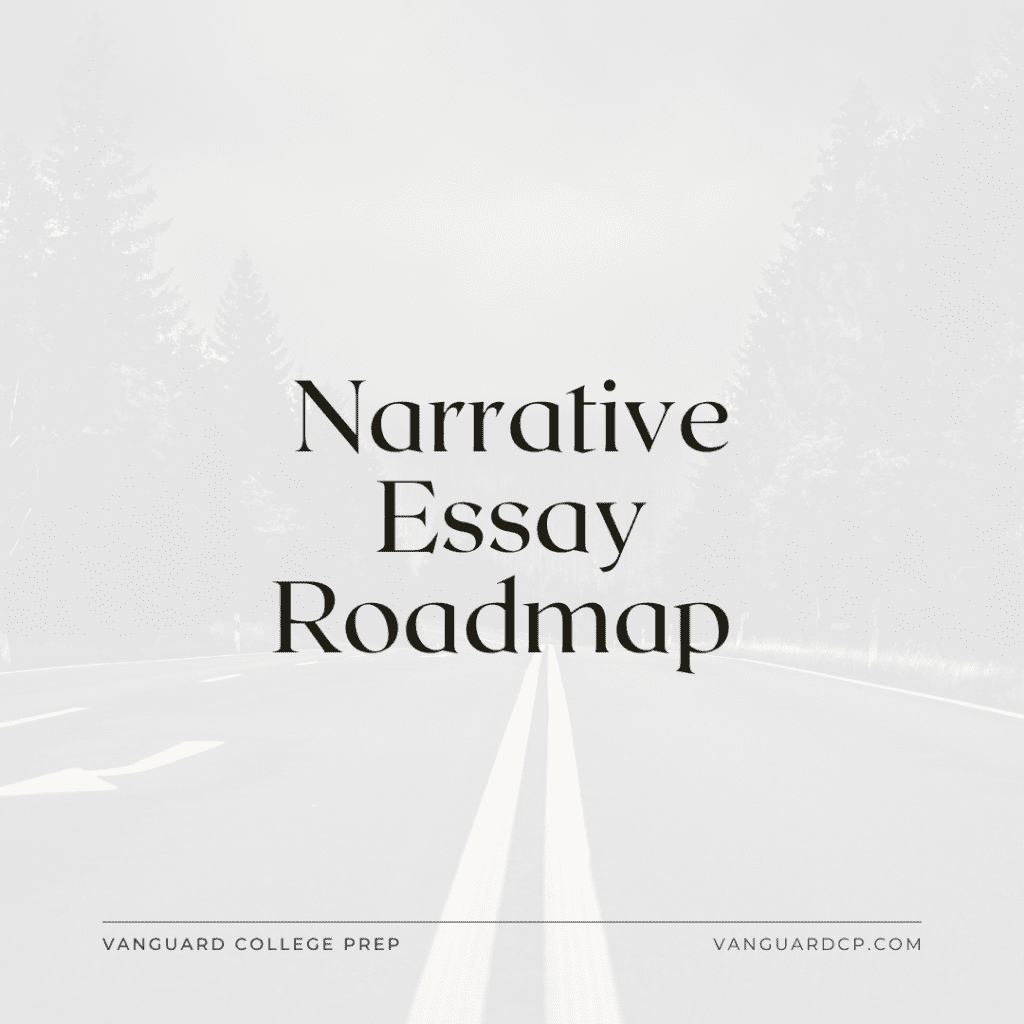- Leave a Comment
- September 28 2022
- Narrative Essay
- By vanguard
Narrative Essay Roadmap
When I ask students what they’re most nervous about in the college process, they overwhelmingly say, “The narrative essay.” Even though your Common App essay is only 650 words, it can cast a shadow over the entire application process.
And yet! It has to be completed, one way or another. Here’s a roadmap to get you through the various pitfalls, threats, and anxieties of the personal statement.

Brainstorming
Brainstorming is one of the most important parts of writing the narrative essay, and often the most neglected. Students often think drafting is just sitting down and writing, but there’s no point in writing until you’ve found the right topic.
There are plenty of brainstorming methods for finding and testing a topic, such as freewrites, mind mapping, and starbursting. While finding a topic, it can feel like either you have too many options, or none at all. Keep in mind that your narrative essay topic should:
- Show who you are outside of your resume
- Demonstrate personal growth
- Have conflict (without this, it will be facts instead of a story)
- Have a point. What do you want your reader to gain/learn about you?
Above all, your topic needs to be specific and original, a topic that only you could write about. Avoid cliches at all costs!
Outlining
This step is optional; not everyone prefers writing from an outline. But whether you outline or not, make sure you clarify for yourself where your narrative starts, the crux or climax, and where it ends. Ensure that it fulfills the needs for personal growth, conflict, and takeaway.
Drafting
Hopefully the brainstorming and outlining process has removed some of the fear of the blank page, but typing out the first draft can still be nerve wracking. As counterintuitive as it sounds, this should be the shortest stage of the writing process, so you can get to revision as quickly as possible. Remember: you can’t edit what’s not on the page. It doesn’t matter how bad your first draft is, as long as it’s written.
Revision
Take a look at that first draft, focus and read it through. Ask yourself: is the story clear? What needs clarification? Where do I need transitions? Does it flow? Are you showing, not telling? Revise. Then go through and read it out loud. Does it sound right? Revise again. Then show it to someone you trust (maybe us!) and ask for feedback. Revise again. Between each revision, step away from it for a day or two. A turn of phrase that makes sense one day may be confusing the next.
Remember that writing is revising! Feedback is key: at Vanguard, each essay goes through three levels of approval before we consider it to be submission-ready. Having a few trustworthy people take a look at your essay can be extremely helpful, because their varied perspectives will help catch what you’ve missed, and the admissions officers that read your essay might come from a very different background than you do.
Although the narrative essay can seem like a monstrous task, here at Vanguard we make it as simple and stress-free as possible. Our Essay Specialists break down the process for each student and provide assistance with brainstorming, drafting, and revision, as well as that necessary feedback to craft the best essay with our students.
If you’re having trouble with your college essay, you can learn more about our college counseling services here.
Hillary K.
Essay Specialist
University of Virginia



Leave Your Comment